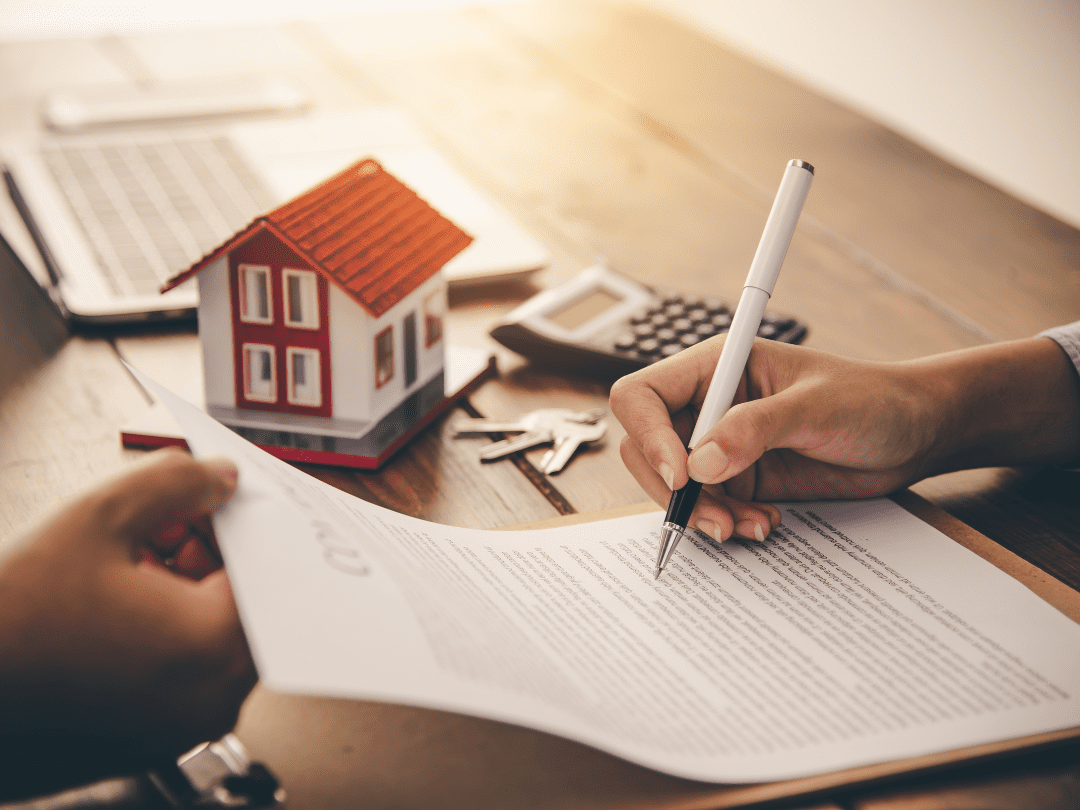
Buying a home is one of the biggest financial decisions you’ll ever make—and one of the most exciting! But before you start daydreaming about backyard BBQs or a cozy fireplace in the den, it’s crucial to ask yourself: how much house can I actually afford?
This guide walks you through how to budget wisely before applying for a mortgage, so you can move forward with confidence, clarity, and financial peace of mind.
1. Understand the Golden Rule of Home Affordability
One of the most commonly used rules in mortgage lending is the 28/36 rule. Here’s how it breaks down:
- 28% Rule: Your monthly housing expenses—including mortgage principal, interest, taxes, and insurance (PITI)—should not exceed 28% of your gross monthly income.
- 36% Rule: Your total debt payments (including car loans, student loans, credit cards, and the mortgage) should not exceed 36% of your gross income.
For example, if you earn $6,000/month before taxes:
- You should aim to spend no more than $1,680 on housing (28% of $6,000).
- Your total debt obligations should stay below $2,160/month (36% of $6,000).
These aren’t hard-and-fast limits, but they’re a good starting point.
Tip: Lenders in both the U.S. and Canada use similar debt-to-income (DTI) ratios when deciding whether to approve a mortgage, and how much to lend.
Let an experienced Real Estate agent guide you with mortgage choices that align with your income and goals to avoid future financial strain.
2. Start With a Realistic Monthly Budget
Before committing to a mortgage amount, get intimate with your day-to-day finances. Create a simple monthly budget that includes:
- Your total household income (after taxes)
- All fixed monthly expenses (rent, subscriptions, utilities, groceries, gas)
- All variable expenses (entertainment, travel, clothing)
- Current debt payments (credit cards, car loan, student loan)
Once you subtract your expenses from your income, see what’s left over. This leftover amount is what you could reasonably allocate toward a mortgage, without cutting into your lifestyle too drastically.
- Consider All Housing-Related Costs
It’s easy to focus only on the mortgage payment, but homeownership includes more than just your loan. Don’t forget to budget for:
- Property taxes: These vary dramatically based on location. In some U.S. states and Canadian provinces, they can add hundreds to your monthly payment.
- Home insurance: Another lender-required cost that protects your property.
- HOA or condo fees (if applicable)
- Utilities: Heating, cooling, water, internet—often more than in a rental.
- Maintenance and repairs: Leaky roofs, busted water heaters, lawn care… they add up. Experts recommend budgeting 1-2% of the home’s value annually for maintenance.
By including these in your calculation, you’ll avoid nasty surprises down the road.
- Check Your Credit (and Improve It If Needed)
Your credit score plays a massive role in your mortgage rate and approval. Generally:
- A score of 720+ will give you access to the best mortgage rates.
- A score between 680–719 is still very good.
- Below 680 might mean higher interest rates or a denial.

Request your credit report (available free once a year in both the U.S. and Canada) and look for:
- Errors or outdated info
- High credit utilization
- Late payments
Paying down debt, keeping credit card balances low, and making payments on time can improve your score significantly in just a few months.
5. Get Pre-Approved Before House Hunting
A mortgage pre-approval is like a financial green light. It gives you a clearer picture of:
- How much can you borrow
- What your monthly payment might look like
- What interest rates you’re eligible for
Pre-approval is not a final commitment, but it does signal to sellers that you’re a serious buyer. Plus, it helps you set a firm home-shopping budget, so you don’t fall in love with something out of reach.
- Don’t Max Out Your Pre-Approval
Just because a lender approves you for a $600,000 mortgage doesn’t mean you should borrow that much. Always weigh what that mortgage means for your actual lifestyle.
Will you be house-poor?
Will you have to give up vacations or savings just to make payments?
It’s smarter to buy slightly below your limit and leave breathing room in your budget for life’s inevitable surprises.
7. Factor in the Down Payment
In the U.S., most conventional loans require at least 3%–5% down, while FHA loans may go as low as 3.5%. In Canada, the minimum down payment is:
- 5% for homes under $500,000
- 10% for the portion between $500,000 and $999,999
- 20% for homes over $1 million
The more you put down, the less you’ll borrow—and the less you’ll pay in interest. If you can hit the 20% mark, you’ll also avoid mortgage insurance in both countries (PMI in the U.S., or CMHC insurance in Canada).
8. Keep Emergency Savings Intact
Homeownership comes with unpredictable costs. Your furnace might go out in February. Your roof might need repairs next year. That’s why having 3–6 months’ worth of living expenses saved before you buy is highly recommended.

If buying a home would completely drain your savings, it might be wise to wait, save more, or choose a more affordable property.
9. Don’t Forget the “Fun” Budget
Owning a home isn’t just about paying bills—it should also bring joy! Leave room in your budget for:
- Furniture or décor upgrades
- A backyard grill or fire pit
- Hosting friends and family
- Small renovations or landscaping projects
A home is more than a roof—it’s your lifestyle. Budget accordingly to enjoy it fully.
10. Work With Professionals Who Know the Landscape
From real estate agents to mortgage brokers, surrounding yourself with knowledgeable professionals will save you time, money, and stress. They’ll help you understand:
- Local market conditions
- First-time buyer incentives
- Tax benefits of homeownership
- How to interpret mortgage offers
Your financial situation is unique, so your mortgage strategy should be too.
Buy What Fits You, Not the Market
Real estate trends will always fluctuate. Don’t rush into buying based on what others are doing or the fear of missing out. Focus on what you can afford and what aligns with your goals.
With a smart budget, a good support team, and a realistic plan, you’ll not only afford your home—you’ll thrive in it.


